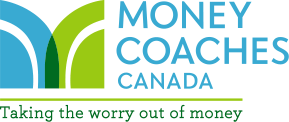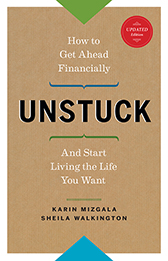 By Annie Kvick, BEd, CFP
By Annie Kvick, BEd, CFP
Think saving is just too hard? The secret to saving money and accumulating wealth is to “pay yourself first”. The first bill you pay each month should be to yourself. Regular and consistent contributions to savings go a long way toward building a long-term nest egg, and also allow you the freedom to realize your short term goals.
What does “pay yourself first” mean?
Paying yourself first simply means putting money into your savings account first – as soon as you get paid and before you spend money on anything else.
When you pay yourself first, you are mentally establishing saving as a priority. You are telling yourself that your future is important too.
Are you waiting to save until something changes – you get a raise, the kids are done hockey, or gas prices go back down? There will always be reasons not to save and the longer you put saving off, the harder it is to create good financial habits and to achieve your goals.
Paying yourself first creates sound financial habits. Most people prioritize their spending in this order: bills, fun, saving. In most cases there is little left over to put in the bank. If you pay yourself first – saving, bills, fun, in that order – you set the money aside before you find other reasons to spend it.
 Let’s be honest: Regardless of how much you earn, you likely feel there is not enough to start saving. If you don’t implement the saving habit now, there will always be reasons to put it off; car repairs, dental work , or the “must-do” trip to Mexico.
Let’s be honest: Regardless of how much you earn, you likely feel there is not enough to start saving. If you don’t implement the saving habit now, there will always be reasons to put it off; car repairs, dental work , or the “must-do” trip to Mexico.
Start small
Don’t be afraid to start small. You can increase the amount you save as you begin to feel more confident in your plan and/or your income increases. Try starting with $50 each month or 1% of your paycheque. As you feel more comfortable in your ability to save, try increasing your saving rate to 3% or even 5% of your income and build from there.
Automate
The easiest way to develop a pattern of saving is to set up an automatic transfer on pay day from your bank account directly into savings. Automatic saving can be set up online or by contacting your investment/savings provider.
Next Steps
Once regular savings has become a habit, you can use this magic for your short term goals as well. Do you want a yearly vacation, an emergency fund, a new car, or a new house? Open free online savings account at your bank. Nickname the accounts “vacation”, “car” etc. and start saving with regular automatic deposits. Most institutions allow 5-10 free online savings accounts.
Before you know it, your money will accumulate and you will have saved for things that are important to you. Whether you are saving for retirement or a vacation, this simple technique will help motivate and empower you to achieve all your financial goals.
Paying yourself first gives you the freedom you deserve and opens a world of opportunities – try it!
Annie Kvick is an educator with the Women’s Financial Learning Centre and Money Coaches Canada’s “Retirement Expert and Lifestyle Protector”



Many people believe that paying off debt is more important than saving for retirement – and while I agree that it is very important to live a debt-free life, I also strongly believe in saving for your future. No one else is going to save for you, so you have to do it yourself. pay yourself firstIf you are in debt, I would suggest putting more money toward debt than savings. Once your debt is paid off, you can then ramp up your savings.